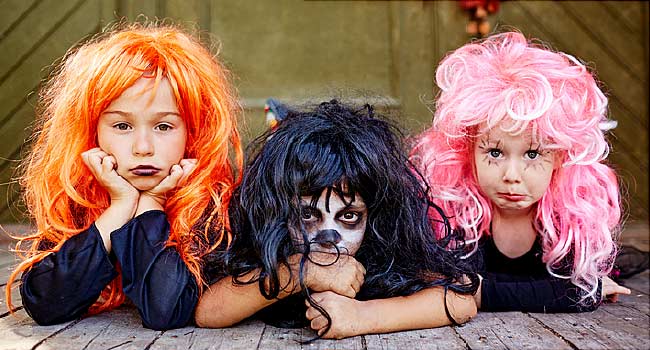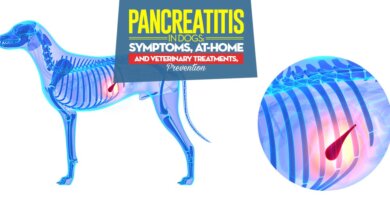Halloween Must be Different During COVID
Sept. 24, 2020 — For many parents and their children, the best part of Halloween is dressing the kids up as monsters, princesses, or superheroes and trick-or-treating around the neighborhood. Eloise Hardesty of Marietta, GA, is no exception.
“Eloise is 4½ and has been talking about this Halloween for about 11 months,” says her father, Chris Hardesty. “She’s been excited to dress as Elsa [from Disney’s Frozen] for nearly a year.”
Unfortunately, COVID-19 has complicated Eloise’s plans. The coronavirus outbreak has cost more than 200,000 lives in the United States in 2020, and communities around the country question the safety of Halloween activities like knocking on doors for candy.
Hardesty says Eloise has adjusted some of her expectations. “Because so many things have been unusual since early spring, I think that she’ll accept changes to the way we do trick-or-treating. She knows that she’ll need to wear one of the masks she uses whenever she goes out.
“But I am hesitant for her to collect candy from the neighborhood,” Hardesty adds, saying that he and his wife have not yet made a plan for Oct. 31.
Halloween fans may be particularly disappointed to limit their activities this year, as Oct. 31 falls on a Saturday, during a full moon on the night that daylight saving time ends. Turning back clocks means that this Halloween night will be an extra hour longer.
Trick-or-treating may seem safer than some group activities that have been discouraged during the coronavirus outbreak. It generally involves masks, takes place outdoors, and can allow social distancing and touch-free interactions. But many medical experts suggest that it offers more risks than some parents may realize.
On Sept. 8, the Los Angeles County Department of Public Health banned trick-or-treating, haunted houses, large parties, and other Halloween activities outright, pointing to the challenges of social distancing. The following day, the department modified the policy to make them “not recommended.”
On Sept. 21, the CDC updated its considerations for holiday celebrations during the pandemic. Intended to supplement local regulations, not replace them, the document designates activities as lower risk, moderate risk, or high risk, pointing out that, “Many traditional Halloween activities can be high-risk for spreading viruses.”
Higher-risk activities identified by the CDC include “traditional trick-or-treating where treats are handed to children who go door to door,” as well as “trunk-or-treating,” in which “treats are handed out from trunks of cars lined up in large parking lots.”



